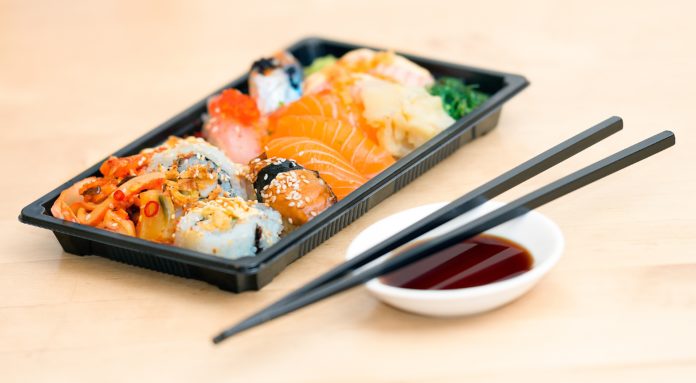As measures implemented in cities worldwide to curb the spread of COVID-19 restrict the movement of consumers, delivery services for both food, groceries and other essential items become more appealing, and even vital.
Japan is no exception: according to Statista, the online food delivery segment in Japan is expected to show a revenue growth of 23.6% in 2020, a spike from the 14.4% growth seen in 2019.
However, for a country that many associate with technological sophistication, the user penetration of this sector in Japan stands at only a surprising 16.6%, compared to other markets in the region like Singapore (41%) and Hong Kong (36.7%). This is despite players such as Uber Eats, Maishoku and Demae-Can, among others.
Recently entering the playing field is food delivery network foodpanda, who have made it their 12th market as they continue to expand their footprint in the region. SMEhorizon speaks to Eric Wei, CEO, foodpanda Japan on the nature of the Japanese online food delivery market, the impact COVID-19 has had on this sector, and the company’s ride into this new territory.
How long has foodpanda had plans to enter the Japanese market? How has the journey been?
Japan is a market we have long admired — it has a sophisticated consumer market and there is a lot of potential for growth not only in the Tokyo metropolitan area, but across other parts of the country. We have been following the developments in the delivery space for a while, and we’re very excited to finally be launching foodpanda Japan!
We have since launched in six cities — Kobe, Yokohama, Nagoya, Sapporo, Fukuoka and Hiroshima. This is just the beginning for us and we look forward to bringing foodpanda to more parts of Japan. Our goal is to be in double-digit cities by the year end.
How have the current players in the Japanese market influenced your strategy?
There are a number of players in the market with different levels of coverage, strengths and weaknesses. foodpanda has a clear and strong offering — a dual focus on our core food delivery business, and quick commerce (q-commerce), which delivers daily essentials on-demand, within 25 minutes.
Why is the penetration rate for the Japanese online food delivery segment lower than other markets in the region like Singapore and Hong Kong?
There is great potential in this market that is untapped, we are confident about foodpanda’s ability to gain a strong position in the market.
We also see tremendous opportunities for digitalization of smaller businesses outside the Tokyo metropolitan area, hence our heavy investment to also provide a new additional platform for businesses in other parts of the country.
Consumers in Japan are highly familiar with technology and we see more consumers and businesses turn online in light of COVID-19 restrictions. Having said that, our entry into the market goes beyond meeting consumer demands, but to intensify the food delivery competition in Japan by offering consumers a wider variety of food and grocery choices.
How significant is COVID-19 in shaping Japan’s expected revenue growth for this segment? Are there other factors at play?
The industry that we are in is growing extremely fast, even before the COVID-19 pandemic hit. There is no doubt that the pandemic has changed consumer behaviour in many ways and has fuelled an on-demand appetite for food deliveries in Japan. In a post-COVID world, we expect the demand for food and grocery delivery to continue because they are being weaved into everyday life, where consumers now love the convenience of having their food and daily essentials delivered safely to their doorsteps quickly and conveniently through the app.
Are there any technical and/or cultural challenges unique to expanding into the Japanese market?
Definitely – every market is unique, which is why we take a localised approach to cater to the needs of different markets. foodpanda has sharpened our expertise operating over a diverse region (12 countries, over 300 cities), in both developing and mature markets, big cities and suburbs. This diversity of experience has enabled us to be able to grow successfully in new markets, catering to each market’s unique business and consumer profiles.
Fundamentally, foodpanda aims to provide a platform that enables businesses to digitalize, and for consumers to access greater choice and convenience and these have been our objectives even as we expand to new markets.
Who are your national partners as you expand into the Japanese market?
foodpanda is working with businesses big and small – we deliver international favourites like Burger King, local chain restaurants under the Monteroza Group, as well as thousands of other local restaurants and stores, who have been excited to have an easy to use platform to grow their online businesses.
Which other regional markets are foodpanda interested in for its future plans?
With the introduction of foodpanda in Japan, the current focus will be to ensure operational excellence for the time being.
We are really excited to be growing, but we also want to do it right — for now, we are invested in our growth plans in Japan. Not only are we growing across markets, we are also invested in growing our services offerings and new verticals, such as q-commerce, across our markets.














